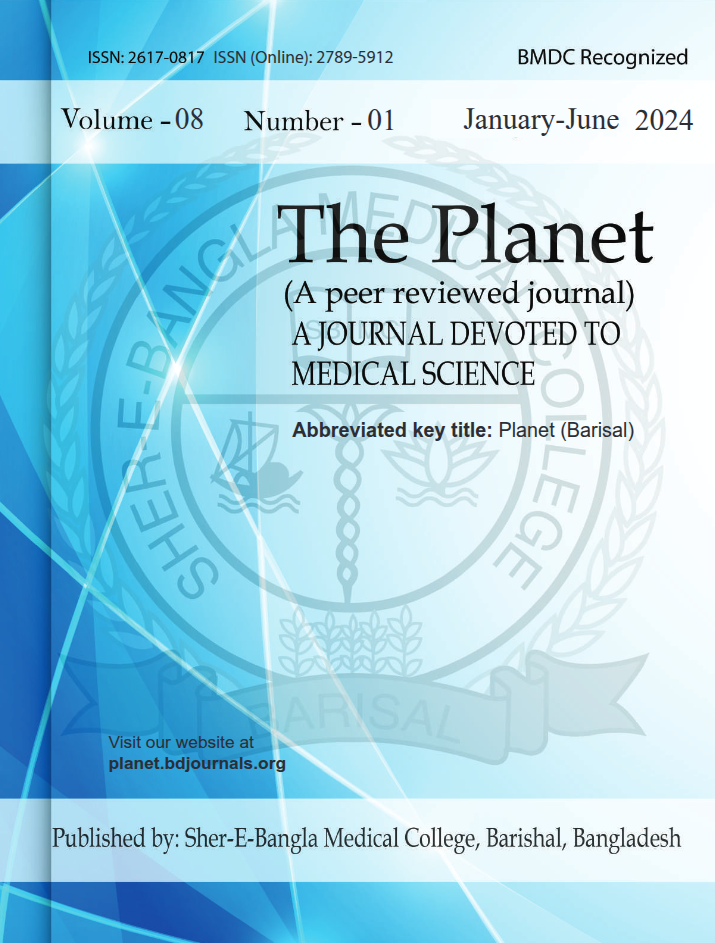Abstract
Background: Neck masses are a common clinical presentation with diverse etiologies, ranging from benign inflammatory conditions to malignant neoplasms. Accurate diagnosis requires a multidisciplinary approach integrating clinical assessment, radiological imaging, and pathological evaluation. Aim of the study: The aim of this study was to evaluate the clinical, radiological, and pathological correlation of neck masses to enhance diagnostic accuracy and management. Methods & Materials: This prospective observational study was conducted at 250 Bed General Hospital, Khulna, Bangladesh. A total of 95 patients with neck swellings were enrolled. Data collection included detailed clinical history, physical examination, radiological imaging (ultrasonography, computed tomography, and magnetic resonance imaging), and fine-needle aspiration cytology (FNAC). Histopathological examination (HPE) of surgically excised specimens was performed to confirm diagnoses. Statistical analysis was conducted using SPSS version 26.0. Result: The majority of patients were aged 21–30 years (25.26%), with a female predominance (69.47%). The most common site of neck masses was the anterior part of the neck/midline (45.26%). Thyroid swellings were the most frequently diagnosed category (48.42%), with colloid goiter (18.95%) and thyroiditis (11.58%) being the predominant conditions. Tuberculous lymphadenitis accounted for 13.68% of cases. FNAC demonstrated high diagnostic accuracy, but false-negative results necessitated histopathological confirmation in some cases. Pleomorphic adenoma (21.05%) was the most frequent histopathological diagnosis. Radiological imaging played a critical role in guiding FNAC and further evaluation. Conclusion: Thyroid disorders and tuberculosis-related lymphadenopathy were the most common causes of neck masses, with FNAC and histopathology providing essential diagnostic clarity in distinguishing benign from malignant lesions.

This work is licensed under a Creative Commons Attribution 4.0 International License.
Copyright (c) 2024 The Planet


 PDF
PDF